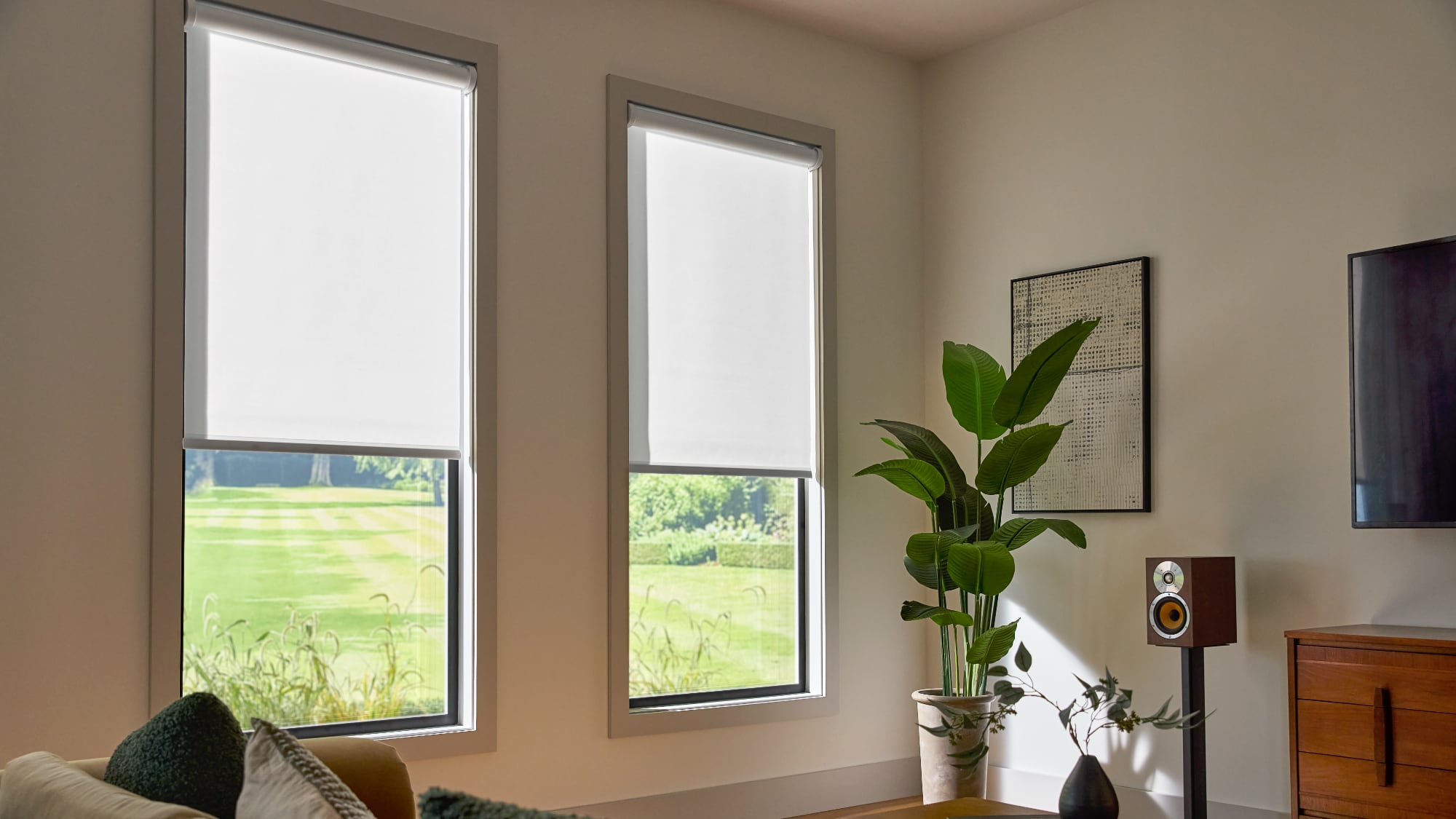Explained: Why phones with removable batteries are never coming back
In the good-old days smartphones had headphone jacks, memory card slots and removable batteries that could be swapped in and out of smartphones within seconds. But that began to change when Apple launched its first smartphone – the Apple iPhone – in 2007. The first iPhone was unique in many ways. It was the first mobile phone to get a capacitive touchscreen display and combine a media player, a phone and a web browser on a touchscreen display. It was also the first smartphone to come without a removable battery.
Close to a decade later, Samsung introduced removable batteries in its flagship Galaxy S-series smartphones with the Galaxy S5 (launched in 2015) being the last of Samsung’s premium smartphones to come with a removable battery. Though LG threw shade at the company at the time, it replaced removable batteries with non-removable ones a year later with the LG G5 and the LG V20 being the last smartphones from the company (and in the industry) to come with a removable battery.
Now, this change of design might seem like another case of Android phones copying iPhones, after all there are ample instances where this blatant copying of features has happened (remember the case of notches, missing headphone jacks and chargers?), but it isn’t.
There are several reasons as to why smartphone makers have ditched removable batteries completely. And none of them include copying the iPhone.
Want premium design?
Removable batteries are good. They certainly make it easier to get extra juice when the time is limited. But they also come with a critical limitation – they are big and bulky and they don’t allow companies to make smartphones with more premium design.
Picture a Samsung Galaxy S5 alongside a Galaxy S20 – if features weren’t a constraint, which one would you pick based on looks? My guess is the latter.
The glass and metal bodies that premium smartphones – even the budget ones now-a-days – sport won’t be possible with removable batteries. Even if companies do give it a try, the phone would be vastly compromised. Phones with non-removable batteries or or the ones where the batteries are sealed off are slimmer and they make up for better aesthetics.
As far as the case of charging is concerned, battery tech has advanced vastly in the past couple of years and fast charging technology has made it possible for smartphones to charge within minutes instead of hours.
How about waterproof phones?
Another reason why the trend has permeated generation after generation is the waterproofing. These days, smartphones are judged based on IP-rating, which defines the depth and the time for which a smartphone can withstand water without damaging its internal circuitry. One of the reasons this has been possible has been owing to the use of non-removable batteries in smartphones.
Using non-removable batteries enables smartphone makers to seal off the back panel of the phones completely, which in turn makes the devices a tad bit more water resistant.
Making room for more
Let’s be honest about one thing – batteries hog up a lot of space in already tightly packed devices. Unlike a non-removable battery, a removable battery needs to be protected from everyday wear and tear using extra layers of protection. This added protection uses precious space that can be used for adding new components for added functionality or for making smartphones a bit slimmer.
Batteries can have shapes
If you have seen the insides of a smartphone with a non-removable battery, you would remember that the batteries that they house mostly have a rectangular shape, square at the most. But having non-removable batteries have allowed smartphone makers to experiment with battery design such that they are able to make the best use of the space available to them.
For instance, the iPhone X has an L-shaped dual battery while the LG G2 came with a battery with a ‘step design.’
Motivation to get a new phone
A lot of smartphone users stick to their old phones for as long as they are working fine. And removable batteries made it easier for people to continue using their old phones by allowing them to swap out their old and degrading batteries for a new one. It also helped that users could use batteries by third-party vendors. This would have been great for users but not for companies as it would prevent people from upgrading their phones.
Like all types of batteries, Li-ion and Li polymer batteries that are used in smartphones these days do degrade over time, which vastly affects the overall performance of a smartphone. So, it becomes necessary for users to upgrade their phones after a decent run.
The post Explained: Why phones with removable batteries are never coming back appeared first on BGR India.




